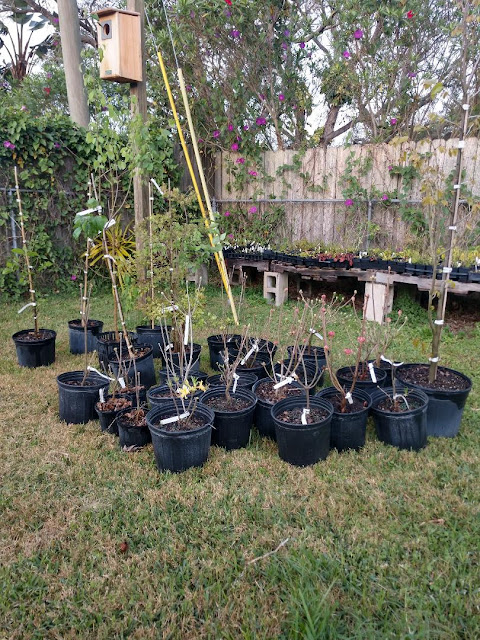Finishing the Backyard Woodland

Yesterday, I finished most of the final planting in the area that will become my backyard woodland. I still have to decide where I will plant the native Florida flame azaleas ( Rhododendron austrinum ) that are still waiting in pots along the edge, but I'm in no hurry right now. The extra time spent in their containers will serve to further develop their root systems (all of my new native azaleas seem to have been rather recently repotted at the nursery) and it will give me the time I need to best assess where they will do best in this newly designed plant community. Newly planted and mulched Another View -West to East Nearly everything that I have envisioned planting here has been acquired and planted. It takes time to go through the process of planning. I hope that every one of these plants will outlive me, so choosing the right species and putting them in the right place is critical and can't be done quickly. Over the years, I have made a great many mistakes in my...







